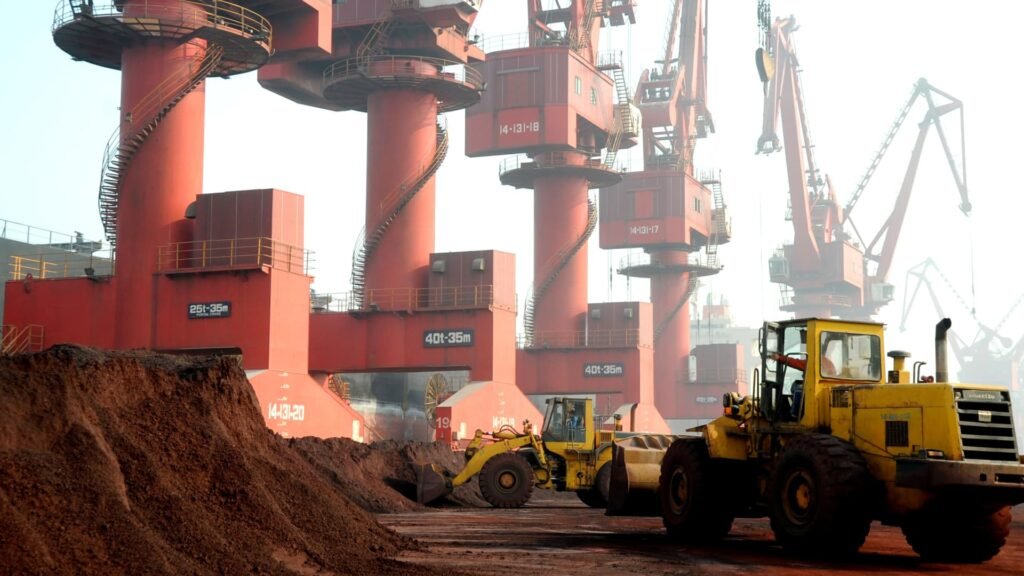
China will begin restricting exports of the critical metal tungsten this weekend, coinciding with the reopening of alternatives to Chinese suppliers of the metal. Over the past decades, Chinese businesses flooded the global market with inexpensive tungsten to eliminate competitors, eventually gaining control of 80% of the supply chain, as reported by Argus. Tungsten, an extremely hard metal, finds applications in weapons and semiconductors.
Under new regulations limiting exports of “dual-use” goods, which have both military and civilian applications, China’s Ministry of Commerce recently issued a list requiring businesses seeking to export various tungsten and critical mineral products to obtain licenses. These new measures will be enforced starting from December 1.
The move comes amidst escalating tensions between the U.S. and China, leading to an increased demand for non-Chinese sources of tungsten. The U.S. Defense Department has prohibited its contractors from purchasing tungsten mined in China beginning January 1, 2027.
Christopher Ecclestone, principal and mining strategist at Hallgarten & Company, remarked that it might be too late for China in the tungsten market. He emphasized the growing need for tungsten and suggested that a ban by China could make mining tungsten more profitable, rather than causing a price increase.
Despite China’s export restrictions, the U.S. raised tariffs on Chinese tungsten by 25% in September. Public feedback on the U.S. tungsten tariffs largely supported the duties, citing advantages for domestic manufacturing and proposing an increase to 50%.
While it may take years to establish a new mine, additional tariffs anticipated under a Trump administration could make it economically feasible for certain U.S. mining projects to resume operations, according to Cullen S. Hendrix, a senior fellow at the Peterson Institute for International Economics.
The U.S. has not commercially mined tungsten since 2015, but a significant mine in South Korea is nearing a restart. Almonty Industries, based in Canada, announced progress towards fully reopening the Sangdong mine and processing plant, aiming to reach 50% of its potential output by summer 2025.
In the medium term, the U.S. may need to depend on “friendshoring” for tungsten, as noted by Gracelin Baskaran, director of the critical minerals security program at the Center for Strategic and International Studies. Almonty has allocated 45% of the South Korea Sangdong mine to the U.S. through a long-term supply agreement.
The U.S. Geological Survey identified approximately 100 sites across 12 states in the U.S. with significant tungsten deposits. In Idaho, a Canadian company, Demesne Resources, is finalizing a deal to acquire the IMA tungsten mine, with plans to commence production in the near future. CEO Murray Nye expressed optimism about the mine’s potential profitability based on historical records indicating substantial reserves of tungsten, silver, and molybdenum.




